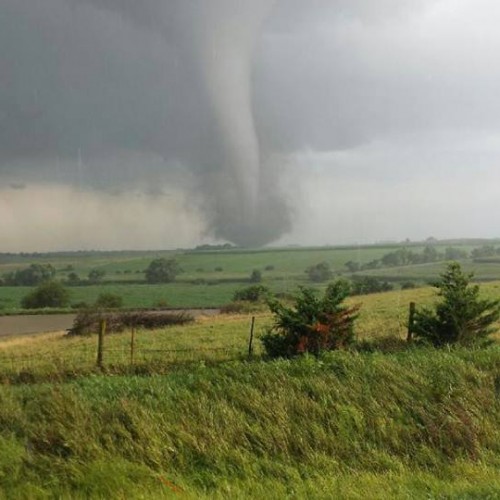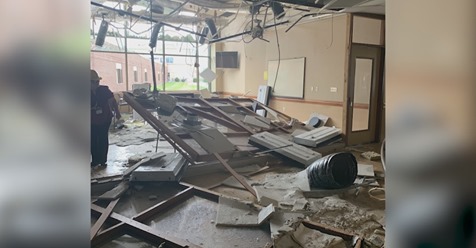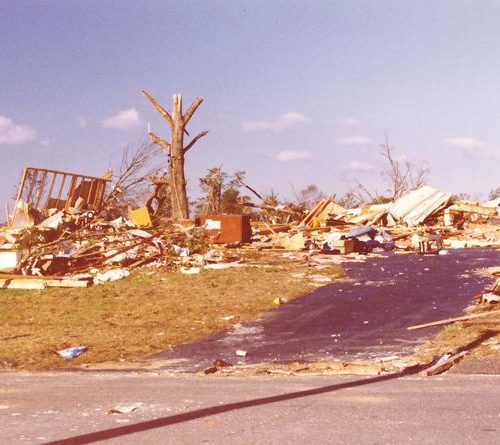New Zealand gets potentially dozens of “small” tornadoes each year, and may get more in the future because of global warming, forecasters say.
Weather Watch chief forecaster Philip Duncan said Wednesday morning’s tornado was an isolated event and “fairly normal West Coast weather”.
The twister made its way through Arahura, north of Hokitika, about 5.40am, damaging houses, a kohanga reo centre and road signs. Duncan guessed its winds would have been sustained at about 120kmh, but may not have lasted more than a minute. It may have been difficult to see the funnel even if it was light.
“It’s more of a squally tornado,” he said.
“It’s all been caused by this really deep area of low pressure that’s moving in,” he said.
“As the low moves in, it brings cold air with it, which is mixing with the warmer air flow that has been moving around the country these last couple of days.”
The warm and cold air mixing caused the spinning action, he said.
“It’s a classic spring weather set-up.”
The current weather system would last a couple of days, Duncan said, “so this might not be the last one”.
Overseas, tornadoes were measured by the Enhanced Fujita (EF) scale, which went from EF0 to EF5.
In 2013, a devastating EF5 tornado hit Oklahoma, killing 24 people. In 2012, a tornado that hit Auckland’s North Shore killed three construction workers, ripped roofs from houses, toppled trees and sent debris flying.
New Zealand was unlikely to get massive tornadoes like those seen in the United States because it was small and surrounded by ocean.
“You need a giant area of flat land [for massive twisters],” Duncan said.
“With global warming . . . we might get more as we warm up.”
Most of New Zealand’s tornadoes were the equivalent of an EF0 or EF1, where winds were at a damaging level, Duncan said.
MetService forecaster Cam Coutts said there were possibly six EF0 tornadoes in New Zealand each year, but there could be 20 or 30 more not reported.
Tornadoes were most common on the western coast of New Zealand, from the South Island up to Taranaki, Waikato and Waitomo.
They tended to be small and generally accompanied thunderstorms.
“A lot are coastal because thunderstorms are most intense offshore and land disrupts them,” Coutts said.
MetService thought Wednesday morning’s tornado was “getting into the range” of an EF1, because it lifted a roof off a building, Coutts said.
He said global warming meant there would be more heat in the atmosphere and more energy available, increasing the potential for tornadoes.
Duncan said it was rare for a tornado to hit buildings on the South Island’s West Coast simply because it was sparsely populated.
by Joelle Dally
Sept 6, 2017





